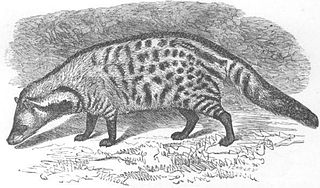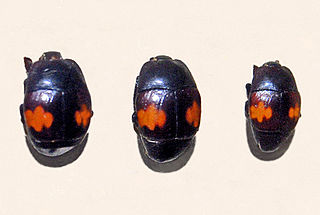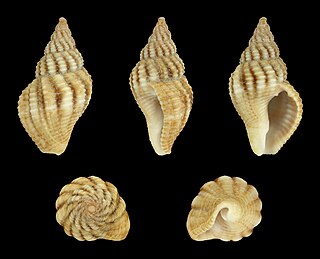
The Phasianidae are a family of heavy, ground-living birds, which includes pheasants, partridges, junglefowl, chickens, turkeys, Old World quail, and peafowl. The family includes many of the most popular gamebirds. The family includes 185 species divided into 54 genera. It was formerly broken up into two subfamilies, the Phasianinae and the Perdicinae. However, this treatment is now known to be paraphyletic and polyphyletic, respectively, and more recent evidence supports breaking it up into two subfamilies: Rollulinae and Phasianinae, with the latter containing multiple tribes within two clades. The New World quail (Odontophoridae) and guineafowl (Numididae) were formerly sometimes included in this family, but are now typically placed in families of their own; conversely, grouse and turkeys, formerly often treated as distinct families, are now known to be deeply nested within Phasianidae, so they are now included in the present family.

John Edward Gray was a British zoologist. He was the elder brother of zoologist George Robert Gray and son of the pharmacologist and botanist Samuel Frederick Gray (1766–1828). The standard author abbreviation J.E.Gray is used to indicate this person as the author when citing a botanical name. The same is used for a zoological name.

Littorina is a genus of small sea snails, marine gastropod molluscs in the family Littorinidae, the winkles or periwinkles.

Tanygnathus is a genus of parrots in the Psittaculini tribe, of the superfamily of Psittacoidea.

Viverra is a mammalian genus that was first named and described by Carl Linnaeus in 1758 as comprising several species including the large Indian civet. The genus was subordinated to the viverrid family by John Edward Gray in 1821.

Nosodendridae is a family of beetles, with less than a hundred species in three extant genera, which are found worldwide. Nosodendron, the largest genus, is found in forests and attracted to yeast generated slime on the wounds of trees, and likely consumes fermented substances as well as fungi and microorganisms. Several additional genera and species are known from the fossil record. Nosodendridae is considered to be an isolated lineage within Polyphaga, being the sister group to the clade containing Staphyliniformia, Bostrichoidea and Cucujiformia.
Hespererato is a genus of small sea snails, marine gastropod mollusks in the family Eratoidae, the false cowries or trivias.

Niveria is a genus of small sea snails, marine gastropod molluscs in the family Triviidae, the false cowries or trivias.

Ptycholepiformes are an extinct order of prehistoric ray-finned fish that existed during the Triassic period and the Early Jurassic epoch. The order includes the genera Acrorhabdus, Ardoreosomus, Boreosomus, Chungkingichthys, Ptycholepis, and Yuchoulepis. Although several families have been proposed, some studies place all these genera in the same family, Ptycholepididae.

Anthiinae is a subfamily of beetles in the family Carabidae, containing the following genera:
Helluobrochus is a genus of carabids in the beetle family Carabidae. There are more than 20 described species in Helluobrochus, found in Central and South America.
Helluomorpha is a genus in the beetle family Carabidae. There are about five described species in Helluomorpha.

Helluomorphoides is a genus in the beetle family Carabidae. There are more than 20 described species in Helluomorphoides.

Calophaena is a genus of beetles in the family Carabidae, containing the following species:
Catapiesis is a genus in the ground beetle family Carabidae. There are about eight described species in Catapiesis, found in Mexico, Central America, and South America.
Mesus is a genus of beetles in the family Carabidae, containing the following species:
Ytu is a genus of beetles in the family Torridincolidae, containing these species:

Saprinus is a genus of clown beetles belonging to the family Histeridae. There are more than 200 described species in Saprinus. They are found on every continent except Antarctica.

The Pisaniidae are a taxonomic family of medium-sized sea snails, marine gastropod mollusks in the superfamily Buccinoidea.

Gomphonema is a genus of diatoms belonging to the family Gomphonemataceae.













